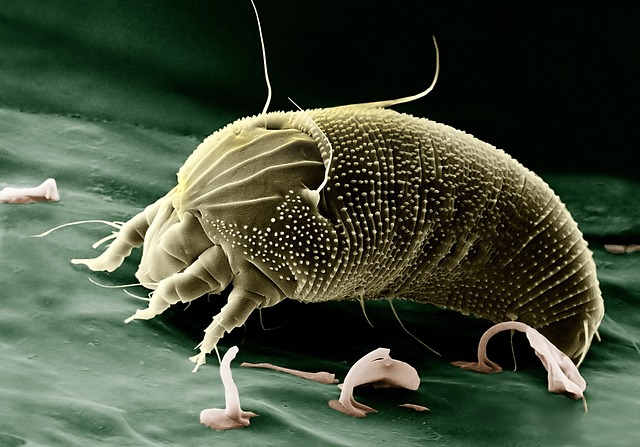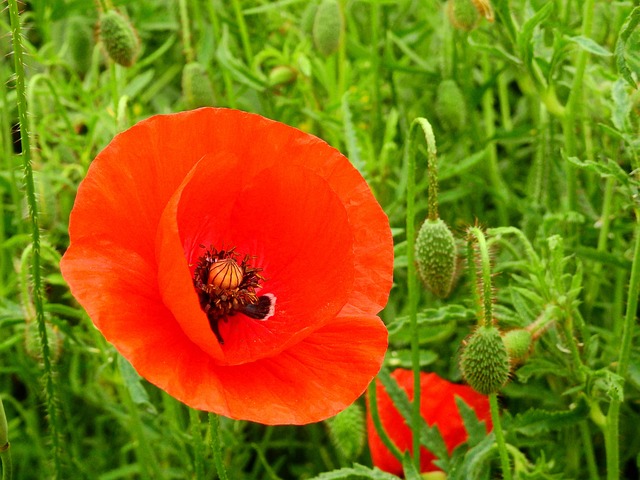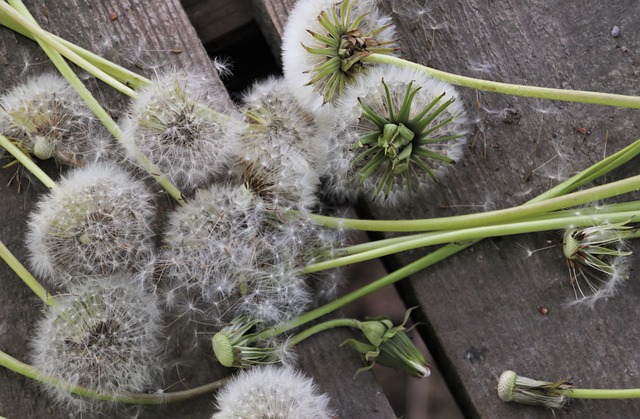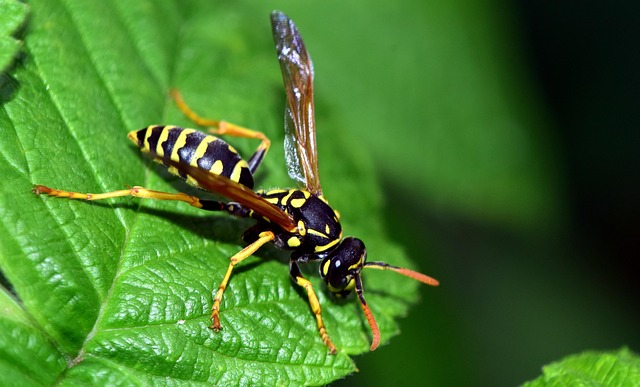Mold and mildew thrive in damp, dark environments, posing health threats to those with mold allergies. Common sources include water leaks, high humidity, and inadequate ventilation. Visual cues like discolored patches and musty smells signal their presence. Allergic reactions range from respiratory distress to eye irritation. Preventative measures, including regular inspections and remediation, are vital to mitigate mold allergy risks. Strategies involve proper cleaning, ventilation, dehumidification, addressing water leaks, and maintaining optimal humidity levels.
“Explore the hidden dangers of mold and mildew, silent invaders in your home that may pose significant health risks. This comprehensive guide delves into the understanding of these microscopic organisms’ growth patterns and their impact on indoor air quality. From common exposure sources to their role as allergens, we uncover the potential for respiratory issues and other health problems. Learn practical strategies to prevent and control mold, safeguarding your well-being and creating a healthier home environment.”
- Understanding Mold and Mildew Growth in Homes
- Common Sources of Indoor Mold Exposure
- The Role of Allergens: Mold's Impact on Respiratory Health
- Beyond Allergies: Other Potential Health Risks
- Preventing and Controlling Mold for Better Well-being
Understanding Mold and Mildew Growth in Homes

Mold and mildew are common household problems that can thrive in damp, dark spaces. Understanding their growth is crucial for mitigating potential health risks, especially for those with mold allergies. These microscopic organisms flourish in warm, moist environments, making homes an ideal breeding ground. Water leaks, high humidity, or inadequate ventilation often create the perfect conditions for their development.
In homes, they can appear as discolored patches on walls, ceilings, or floors, emitting a musty smell. While some people may not experience symptoms, others with mold allergies may suffer from respiratory issues, eye irritation, and nasal congestion when exposed to these fungi. Regular inspection and prompt remediation are essential to minimize mold allergy risks and maintain a healthy living environment.
Common Sources of Indoor Mold Exposure

Mold and mildew are ubiquitous in our environment, but indoor exposure can pose significant health risks, particularly for those with a mold allergy. Common sources of indoor mold include water-damaged areas such as basements, bathrooms, and kitchens. Leaky pipes, roof leaks, or flooding can create optimal conditions for mold growth, leading to its proliferation in hidden corners and behind walls.
Indoor molds can also originate from outdoor sources, especially in regions with high humidity levels. Once established, these microscopic organisms can release spores into the air, which, when inhaled by sensitive individuals, may trigger allergic reactions, respiratory issues, or even exacerbate existing health conditions. Understanding these common sources of mold exposure is crucial for implementing preventive measures to mitigate mold allergy risks and maintain a healthier indoor environment.
The Role of Allergens: Mold's Impact on Respiratory Health

Mold, a common presence in many homes and environments, can have significant effects on our health, particularly for those with existing respiratory conditions or vulnerabilities. One of its most notable roles is as an allergen, which can trigger or worsen allergic reactions, especially in individuals with mold allergies. The impact on respiratory health is substantial, as exposure to mold spores can lead to various breathing issues.
For people susceptible to mold allergy risks, inhaling these microscopic particles can result in symptoms such as sneezing, runny nose, itchy eyes, and difficulty breathing. In more severe cases, it may contribute to asthma attacks or make existing respiratory conditions like chronic obstructive pulmonary disease (COPD) worse. Understanding the relationship between mold and these allergies is crucial in mitigating potential health issues, especially in environments where mold growth is prevalent.
Beyond Allergies: Other Potential Health Risks

Beyond the well-known triggers for allergies, mold and mildew exposure can lead to a range of other health issues. While those with compromised immune systems or respiratory conditions like asthma are particularly vulnerable, even healthy individuals can experience adverse effects. Studies suggest that inhaling mold spores may contribute to respiratory problems, including chronic coughing, wheezing, and difficulty breathing. Additionally, certain types of mold produce mycotoxins, which have been linked to neurological symptoms such as headaches, fatigue, and cognitive impairment. These toxins can persist in affected areas, posing ongoing health risks if not properly addressed. The potential for mold to cause or exacerbate a variety of health problems underscores the importance of promptly addressing and remediating any mold issues within living or working spaces.
Preventing and Controlling Mold for Better Well-being

Preventing and controlling mold is essential for maintaining a healthy living environment, especially for those vulnerable to mold allergy risks. Regular cleaning and maintenance are key; ensure proper ventilation in damp areas like bathrooms and kitchens. Use dehumidifiers to reduce moisture levels, as molds thrive in humid conditions. Regularly inspect your home for any water leaks or damage, addressing them promptly to prevent mold growth.
Consider professional inspections if you suspect hidden mold, especially after flooding or severe weather events. Effective control measures include keeping indoor humidity between 30-50%, using mold-resistant materials in construction, and ensuring proper air circulation. Regularly cleaning and drying surfaces can also significantly reduce mold levels. By taking these proactive steps, you create a healthier living space, minimizing potential adverse health effects associated with mold exposure.
